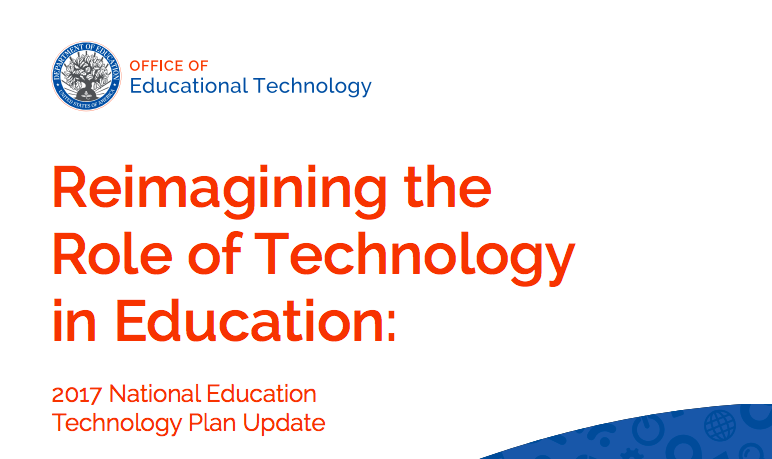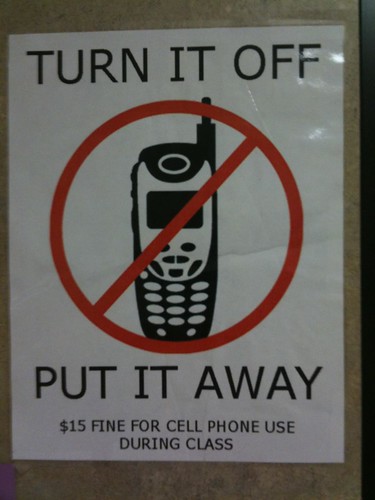A dry erase board sits atop a cabinet in our office. I reads, “This office believes in: choices, delightfulness, and email signatures.”
It’s been up there since I and two other team members started in the office and we sat down for a few days as a whole team to discuss what and whom we wanted to be as a group.
It’s in my poor chicken scratch penmanship, but this board has had a beautiful effect on my thinking as I’ve been moving through the district and doing the work from day to day.
When you know the ideals about which you care, you tend to orient your actions toward those ideals.
Why these three?
Choice?
We don’t know the best way to do anything. We know several good ways to do most everything. More importantly, as guests in schools and classrooms around the district, we have only snapshots of the day-to-day, moment-to-moment work being done by the adults and children we serve.
So, we provide choices based on what we see and what we want to do and then present them to people with the offer of conversation to help them curate their choices toward desired ends.
Some might think of choice and imagine a tabla rasa of options, which allow teachers any myriad courses of action without consideration of official district goals and efforts.
It’s not that broad. Instead, we look at what is to be done, what we say we want to do, and the data we gather through conversations and visits. From there, we design choices that align with existing efforts while pushing thinking forward and opening up possibilities of what can be created and produced as artifacts of learning and teaching.
The choices we work to provide live in the realm of the district’s established identity. When we started building the Professional Learning Modules for our Learning Technology Plan, we made certain that each module clearly connected with RtI Tier I Interventions as well as the Colorado Teaching and Learning Cycle. With the implementation of a new state teacher evaluation system, we added language to explain how completion of modules would help teachers improve their proficiency regarding Colorado Teacher Quality Standards.
Choice with a mission.
Delightfulness?
You could just as easily call this the Mary Poppins Principle. Whatever else we do, our team asks teachers to learn new things. For many teachers, this can feel like a daunting task when taken as anotehr component of the demands on their time.
Delightfulness, and a mind toward including it in all we do means finding the spoonful of sugar and trying our hardest to make the job as close to a game as possible.
This is all based on the presupposition that people enter into education because somewhere in the acts of learning and teaching they found joy. We believe that joy should live on well past their initial entrance.
If ever you were to come to our office for a meeting, you’d find baskets of LEGOs on the conference table, multiple dry erase surfaces (boards and tables) for doodling on, light sabres, and the odd viewing of a funny youtube video. We want to experience delightfulness so we can remember why it is important to provide it to those we serve.
Email signatures?
We serve. It might look like troubleshooting. It might look like lesson planning. It might look like coaching. It might look like eternal meetings. When you get right down to it, we serve the adults and children in our care.
When people email us, then, from any of the dozens of schools in our district, it is difficult to serve effectively when we are without the most basic context of who sent the email and from where.
An email signature with a teacher’s site, subject, grade level, and any other information can help us to understand a bit about whom of the thousands of teachers we’re working with.
It’s become boilerplate language in classes and presentations. For me, it often sounds like this:
I want to help you however I can and as best as I can. So, we’re going to take 3 minutes now to open our email and make sure you are telling a clearer story of who you are when you send an email. After I leave, your job is to make sure three other people who aren’t in this room right now have email signatures.
It’s a slow battle, but it’s worth fighting. I can’t help thinking it’s also made a difference when those teachers have sent emails to people in other offices in the district. Now, perhaps they have clearer pictures of whom they’re serving.
They are three simple things. They could easily have been any three other things. Somehow though, knowing we are about choice, delightfulness, and email signatures gives the office a sense of commonality and helps me to ask if what I’m doing aligns with what we have espoused as our beliefs.


